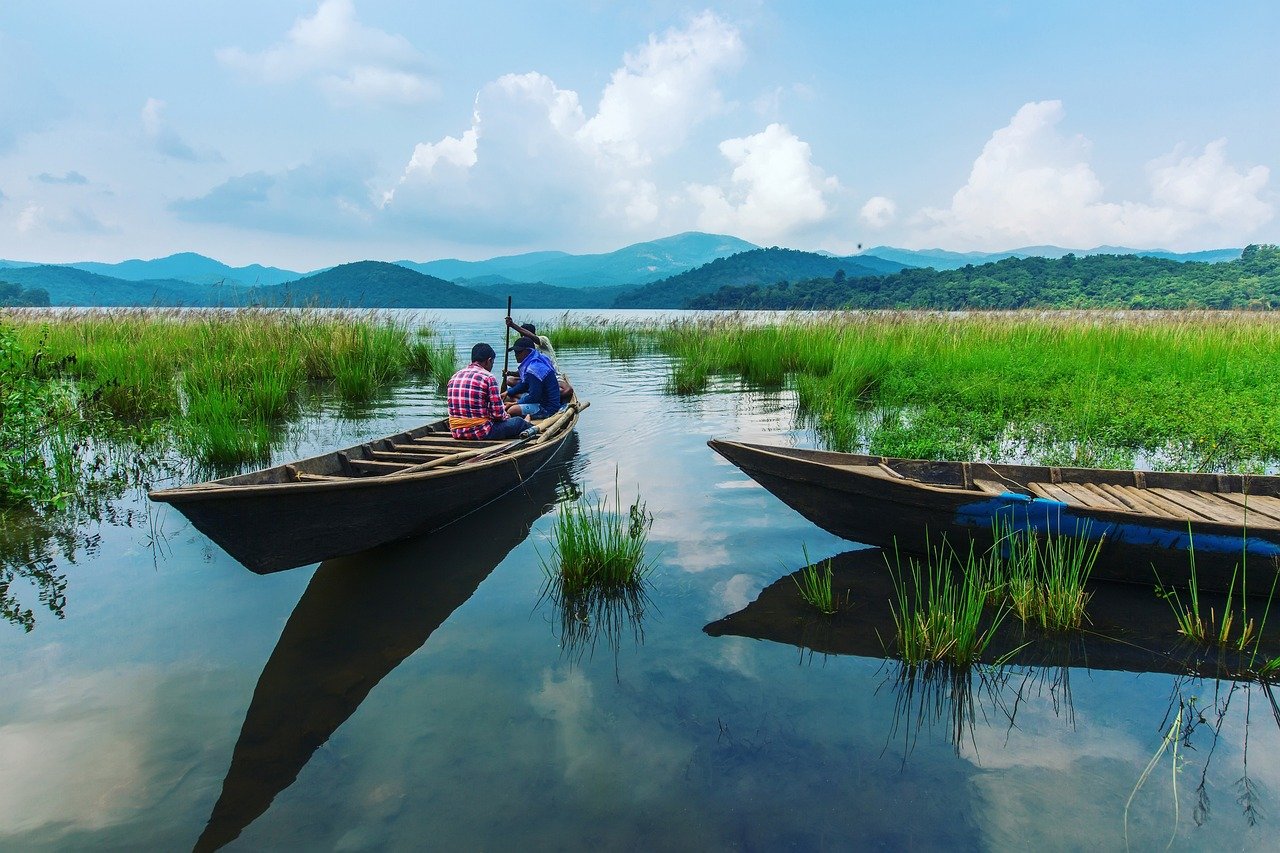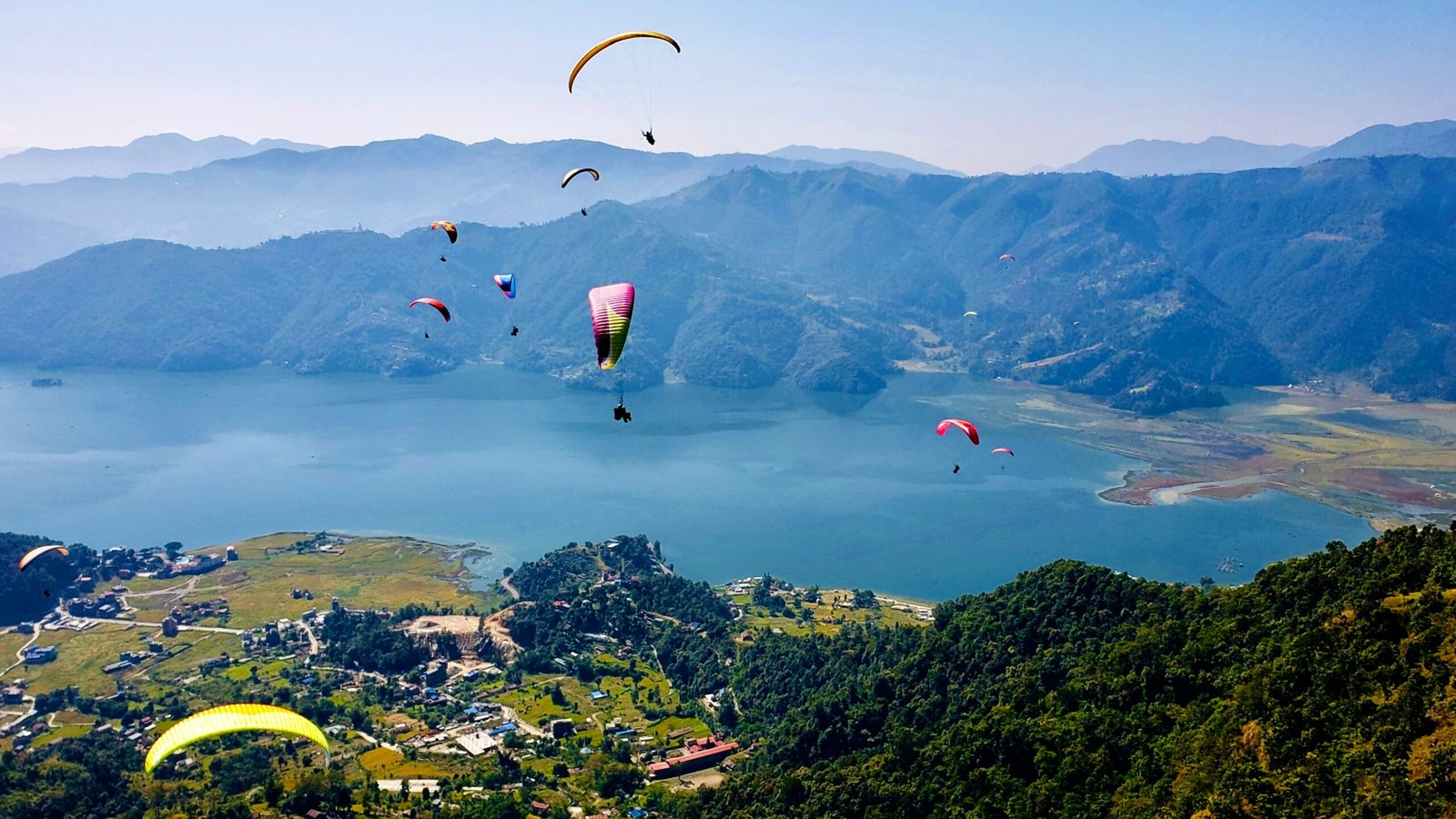Introduction to Chitwan National Park
Chitwan National Park, located in the subtropical inner Terai lowlands of Nepal, serves as one of the country’s most significant natural reserves. The park was designated a UNESCO World Heritage Site in 1984, recognizing its immense ecological and cultural value. Spanning an area of approximately 932 square kilometers, Chitwan National Park encompasses a range of diverse ecosystems, including dense forests, riverine areas, and sprawling grasslands.
This rich biodiversity provides a crucial habitat for many endangered species, such as the Bengal tiger, one-horned rhinoceros, and the Asian elephant. The park’s varying landscapes support a wide array of flora and fauna, making it a popular destination for wildlife enthusiasts and nature lovers alike. Visitors can explore the park through various means, including jeep safaris, elephant rides, or guided walking tours, allowing for an immersive experience in its natural beauty.
Chitwan’s cultural heritage is equally noteworthy. The area is home to several indigenous communities, including the Tharu people, who have coexisted with the region’s wildlife for generations. Their knowledge of the local ecology enriches the visitor experience, providing insights and perspectives that highlight the harmonious relationship between humans and nature. The park also plays a pivotal role in conservation efforts within Nepal, serving as a vital refuge for wildlife and a focal point for ecological research and education.
With its stunning landscapes, remarkable biodiversity, and cultural significance, Chitwan National Park continues to be a treasured natural asset for Nepal, attracting visitors from around the globe who seek to explore and appreciate its wonders.
Flora and Fauna of Chitwan

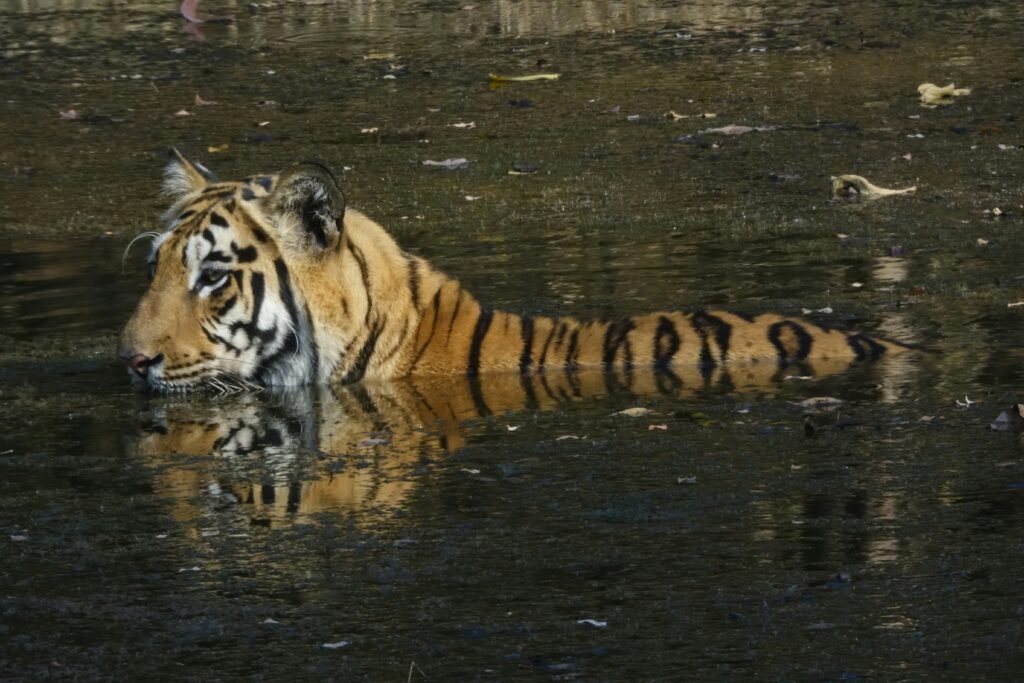
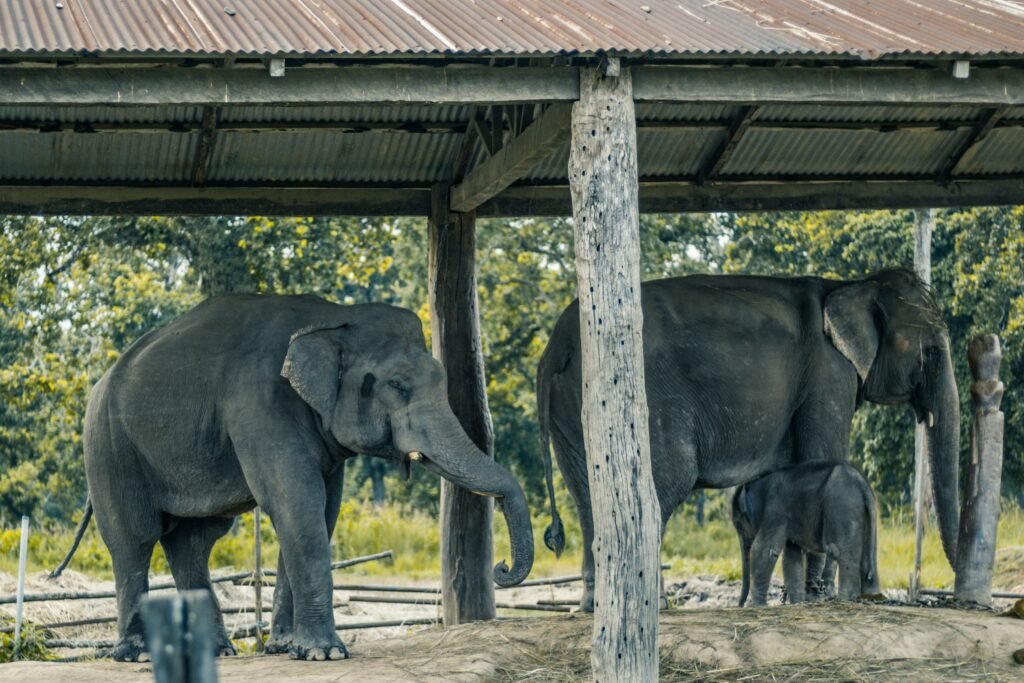
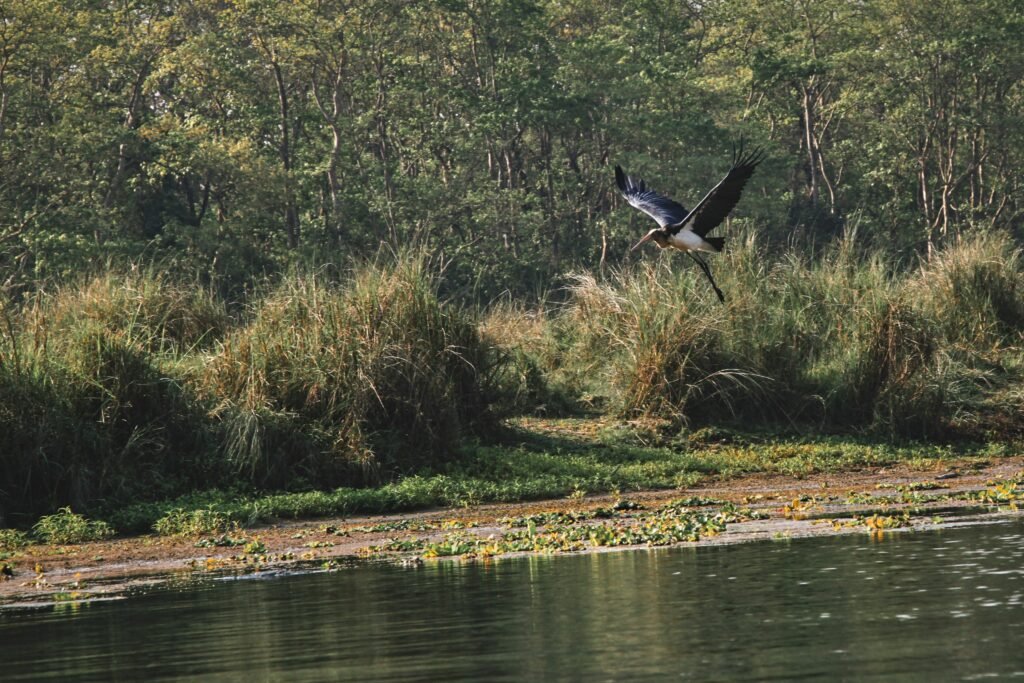


Chitwan National Park is renowned for its rich biodiversity, encompassing a wide variety of plant and animal species that thrive in its diverse ecosystems. This UNESCO World Heritage Site is home to over 700 species of wildlife, making it an essential haven for nature enthusiasts and researchers alike. Among its most notable residents is the one-horned rhinoceros, which has seen its population increase due to successful conservation efforts. These majestic creatures can often be seen grazing in grasslands and riverbanks, showcasing the park’s ecological uniqueness.
In addition to the rhinoceros, Chitwan is famous for its Bengal tigers, which inhabit dense forests and shrublands. These apex predators are critical to maintaining the ecological balance, as they help regulate the populations of herbivores. Observing the behavior of tigers during the early morning hours or at dusk provides unparalleled opportunities for wildlife photographers and nature lovers. The park’s intricate habitat supports not just large mammals but also an impressive diversity of birds, with around 500 recorded species. Birdwatchers can spot exotic species such as the endangered swamp francolin and the greater hornbill.
The abundance of flora enhances Chitwan’s biodiversity, featuring over 1,000 species of plants. The varied vegetation includes tropical sal forests, grasslands, and riverine forests, which provide essential habitats for many species. The interaction between these plants and animals forms a complex web of life that is critical for the ecosystem’s health. With the increasing threats from poaching and habitat loss, conservation initiatives are paramount to ensure the survival of these unique species and their environments. Efforts include habitat restoration, anti-poaching patrols, and community engagement, aimed at fostering a sustainable coexistence between wildlife and local inhabitants.
Activities and Attractions
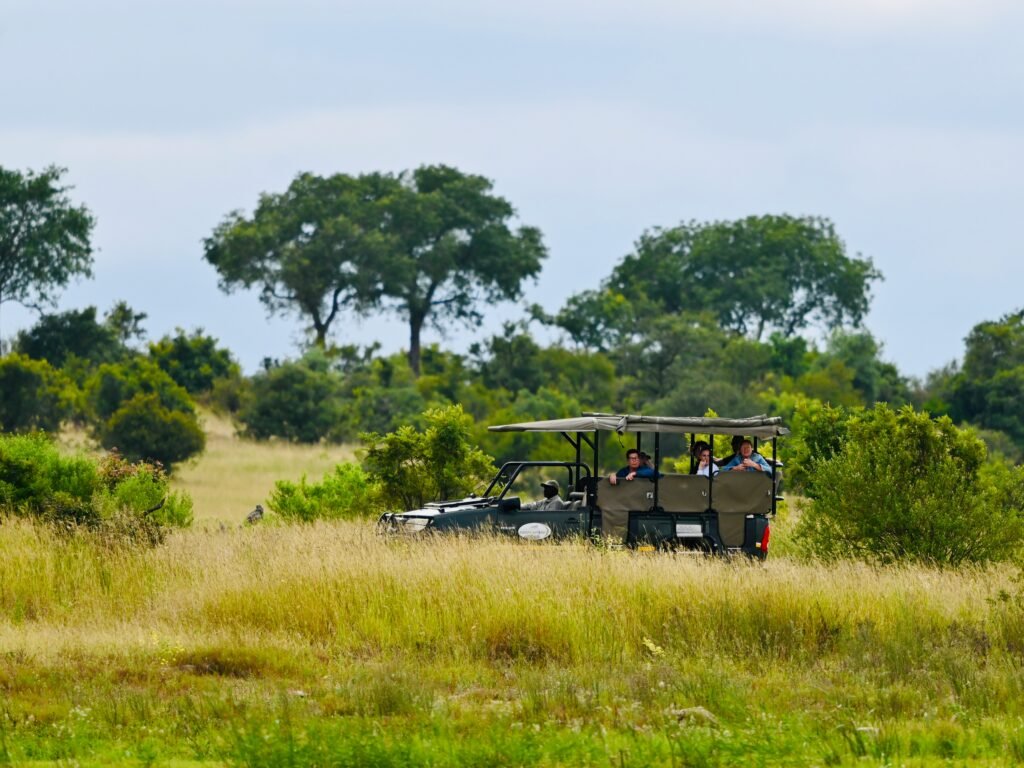
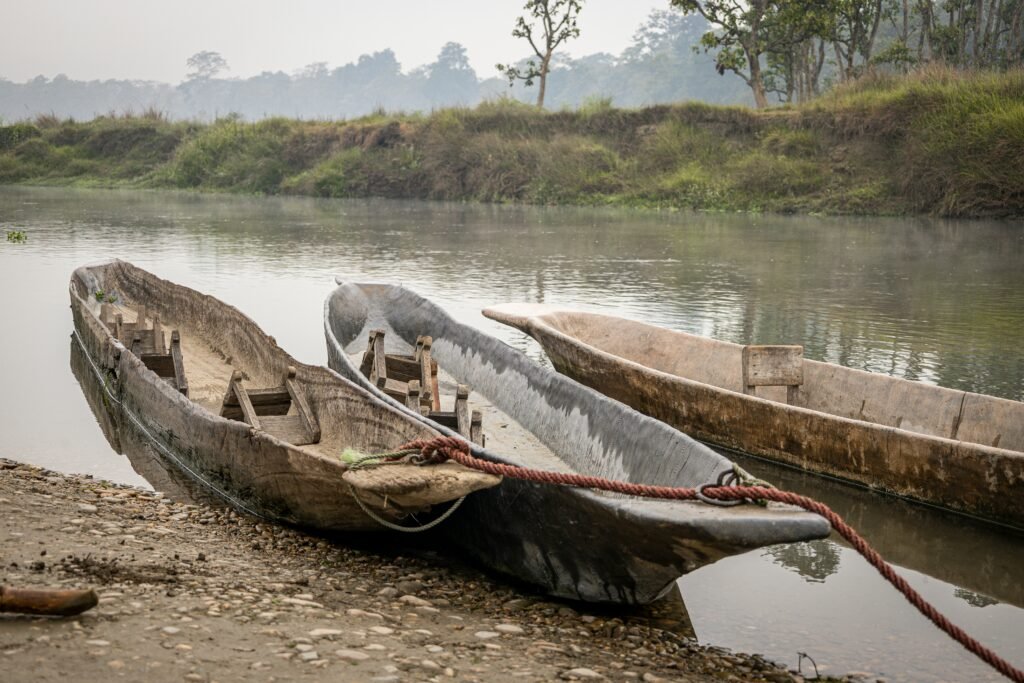


Chitwan National Park, a UNESCO World Heritage Site, offers a myriad of activities and attractions that immerse visitors in the beauty of nature and the richness of local culture. One of the most popular ways to explore the park is through jeep safaris. These guided adventures allow tourists to traverse the diverse landscape, from dense jungles to open grasslands, where they can spot a variety of wildlife such as the Bengal tiger, one-horned rhinoceros, and numerous bird species. The thrill of encountering these majestic creatures in their natural habitat is a significant draw for many nature enthusiasts.
For those seeking a more traditional experience, elephant rides provide a unique vantage point from which to view the park’s flora and fauna. Visitors can ride on the back of these gentle giants, enabling them to navigate through dense vegetation and reach areas that might be inaccessible otherwise. This journey not only allows for wildlife viewing but also promotes a deeper connection to the landscape. Additionally, canoeing along the Rapti River offers a serene experience, where tourists can enjoy the tranquil surroundings while observing aquatic wildlife and basking in the natural beauty.
Guided jungle walks are another captivating option, facilitated by knowledgeable local guides who enrich the experience with insights about the ecosystem and wildlife behavior. These walks allow visitors to engage directly with nature, enhancing their understanding of the park’s intricate biodiversity. Furthermore, cultural experiences, such as visits to nearby Tharu villages, provide an enriching opportunity to learn about the indigenous ways of life. Here, travelers can witness traditional dances, sample local cuisine, and understand the harmonious relationship the Tharu people maintain with their surroundings. Altogether, Chitwan National Park presents a harmonious blend of adventure and cultural
Travel Tips and Conservation Efforts
Visiting Chitwan National Park offers an incredible opportunity to immerse oneself in nature. To make the most out of your experience, proper planning is essential. The best time to visit this UNESCO World Heritage site is during the dry season, from October to March. During these months, wildlife is more active and easier to spot, making it ideal for wildlife enthusiasts and photographers. The park can be reached via various means; the nearest airport is in Bharatpur, approximately 20 kilometers away, with regular domestic flights from Kathmandu. Alternatively, road travel options provide scenic views, but they may take more time.
For accommodations, visitors have a variety of options ranging from luxury resorts to budget lodges. Staying at eco-friendly hotels can enhance your experience while supporting local conservation efforts. These establishments often prioritize sustainable practices that benefit both tourists and the environment. It is advisable to book accommodations in advance, particularly during peak tourist seasons, to ensure availability and secure the best rates.
As a visitor to Chitwan National Park, it is crucial to engage in responsible tourism. The park has implemented several conservation initiatives aimed at protecting its unique ecosystems and endangered wildlife, including the one-horned rhinoceros and Bengal tiger. Tourists can contribute to these efforts by adhering to the park’s regulations, such as maintaining a safe distance from wildlife and refraining from littering. Participating in local community programs or guided eco-tours can also provide meaningful support to conservation initiatives.
Awareness of your environmental impact while exploring this rich biodiversity hotspot is vital. Respect for wildlife and their habitats fosters a healthier ecosystem and promotes sustainable tourism practices. By doing so, visitors not only enhance their own experience but also contribute to the preservation of Chitwan National Park for future generations to enjoy.








